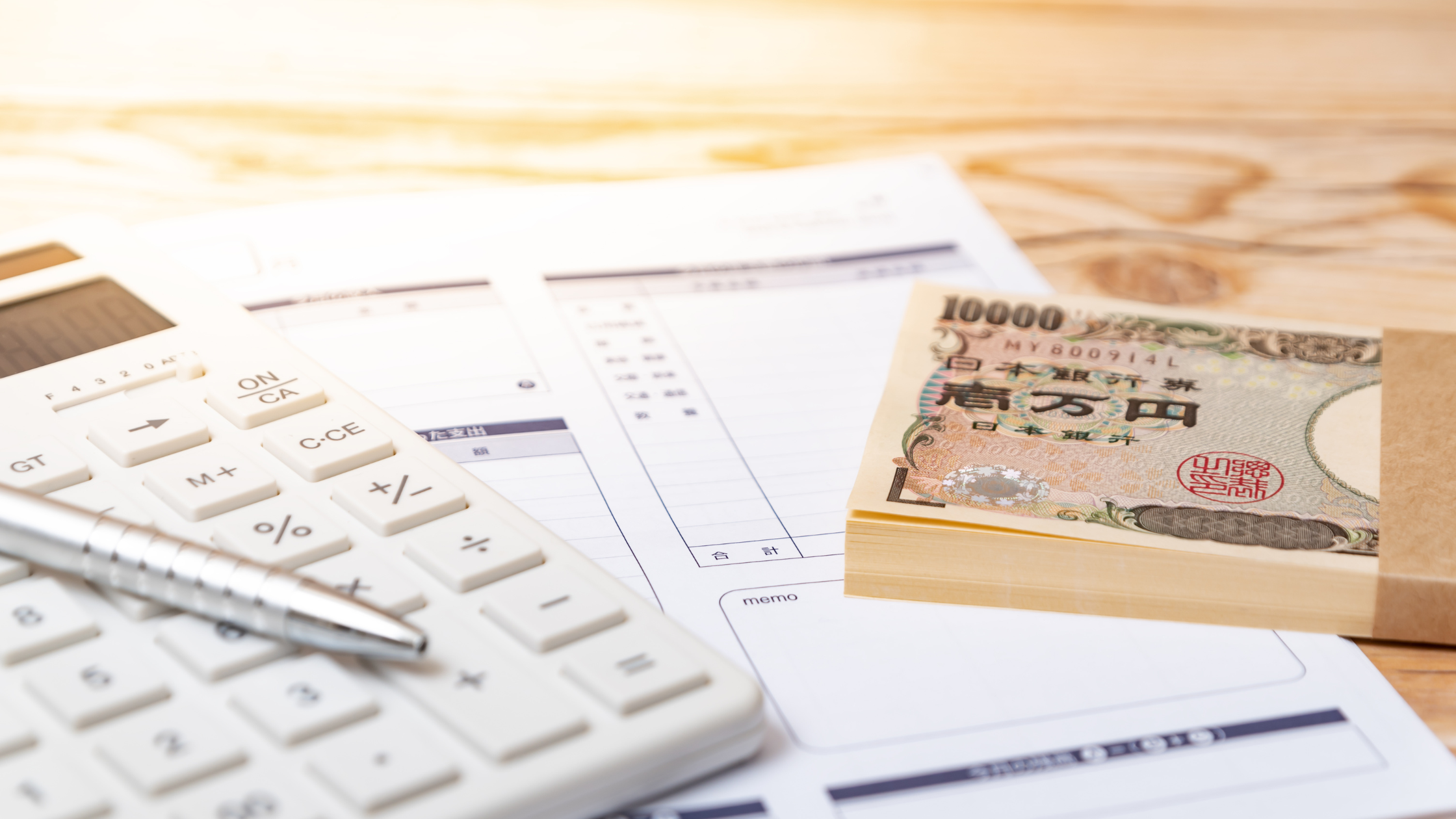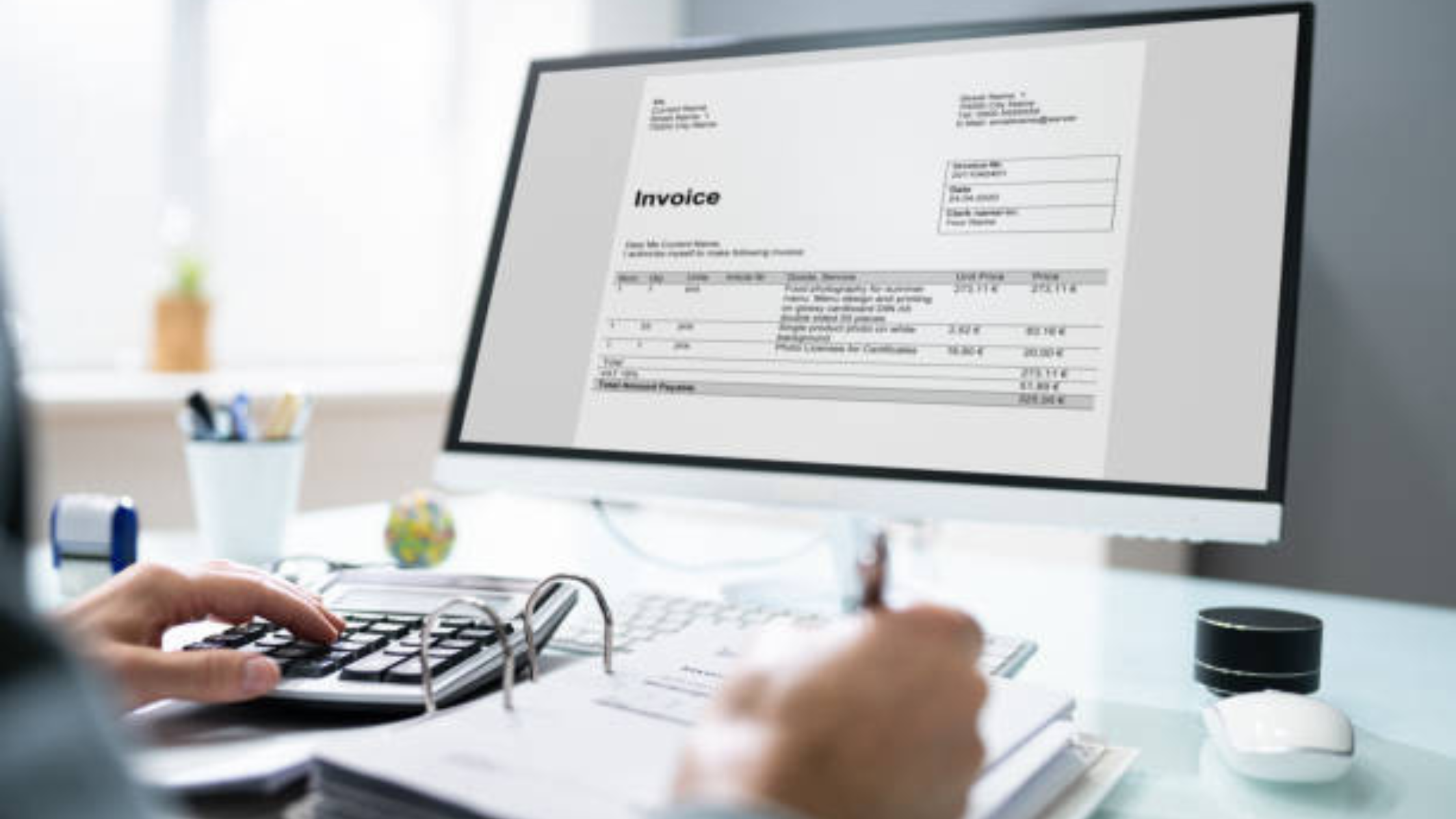Generate Rent Receipts in Required Format

Managing Rental Properties: Generating Rent Receipts
When it comes to managing rental properties, one crucial aspect is generating rent receipts in the required format. Rent receipts serve as official documentation of rental payments made by tenants to landlords. Ensuring that these receipts are accurate, detailed, and comply with legal requirements is essential for both parties involved. Landlords rely on rent receipts for record-keeping, tax purposes, and as proof of income, while tenants may need them for reimbursement from employers or as a reference for rental history.
The format of a rent receipt typically includes details such as the amount paid, date of payment, rental period covered, names of the landlord and tenant, and property address. Adhering to specific guidelines and including all necessary information can prevent disputes and facilitate smooth landlord-tenant relationships. In this guide, we will explore the key components of generating rent receipts in the required format to streamline the rental payment process and maintain accurate financial records.
Key Components of a Rent Receipt
When it comes to renting a property, documentation plays a crucial role in ensuring clarity and transparency for both landlords and tenants. One such essential document is the rent receipt, which serves as proof of payment and outlines important details of the rental agreement. Let's delve into the key components that should be included in a rent receipt:.
Landlord and Tenant Information:
Full names and contact information of both the landlord and tenant should be clearly stated on the receipt. This helps in identifying the parties involved in the rental agreement.
Rental Property Details:.
The address of the rental property, including unit number (if applicable), should be mentioned to specify the location of the rented premises. This ensures that there is no confusion regarding the property in question.
Rent Payment Details:.
The amount of rent paid, along with the rental period it covers, should be clearly indicated on the receipt. Additionally, any late fees or other charges should be itemized separately for transparency.
Date and Signature:.
A rent receipt is not complete without the date of payment and the signature of the landlord or their authorized agent. This validates the transaction and provides a formal acknowledgment of the rent being paid.
By including these key components in a rent receipt, both landlords and tenants can maintain a record of rental payments and ensure compliance with the terms of the lease agreement.
In addition to the essential components mentioned above, it's important to highlight the significance of accurate record-keeping when it comes to rent receipts. Landlords should keep a systematic record of all rent payments received, including the date, amount, and any additional charges. This not only helps in monitoring the payment status but also serves as a reference in case of any disputes or discrepancies.
Furthermore, tenants should also retain copies of rent receipts for their records. These receipts can be valuable for verifying payment history, especially when applying for future rentals or addressing any concerns related to rent payments. By maintaining organized records, both landlords and tenants can streamline rental processes and foster a harmonious landlord-tenant relationship.
Remember, a well-documented rent receipt not only acts as proof of payment but also reinforces accountability and transparency in the rental transaction. It's a simple yet essential practice that benefits both parties involved in the rental agreement.
Types of Rent Receipt Formats
Rent receipts are essential documents for both landlords and tenants as they provide a record of payments made. The format in which rent receipts are provided can vary, with different options available based on convenience and preference. In this section, we will discuss three common types of rent receipt formats:.
- Handwritten Rent Receipts
Handwritten rent receipts are a traditional way of acknowledging rent payments. They are typically written on paper and include details such as the amount paid, the date of payment, the name of the tenant, and the signature of the landlord. While handwritten receipts may lack the polished look of digital or printed receipts, they are still widely used in many rental agreements. Landlords often opt for handwritten receipts for informal rental arrangements or when immediate documentation is required.
- Digital Rent Receipts
With the advancement of technology, digital rent receipts have become increasingly popular. These receipts are usually generated using software or apps specifically designed for creating receipts. Digital rent receipts offer the advantage of easy storage and organization, as they can be saved electronically and accessed whenever needed. They also provide a more professional appearance compared to handwritten receipts. Additionally, digital receipts are often accompanied by automated features like payment reminders, making them convenient for both landlords and tenants.
- Printed Rent Receipts
Printed rent receipts are physical receipts that are generated using a printer. Landlords often use pre-designed templates to create printed receipts that include all the necessary information about the rent payment. Printed receipts are easy to distribute and can be given to tenants in person or sent via mail. They offer a professional touch to the transaction and serve as a tangible record of the payment made. Printed receipts are particularly useful for landlords who prefer physical copies for their records and for tenants who require hard copies for documentation purposes.
The choice of rent receipt format depends on various factors such as the nature of the rental agreement, the preferences of both parties, and the level of formality desired. Whether it's handwritten, digital, or printed, the most important aspect of a rent receipt is that it accurately reflects the details of the rent payment for both parties' records. By understanding the different types of rent receipt formats available, landlords and tenants can choose the most suitable option that meets their needs and ensures a transparent rental transaction.
Creating a Rent Receipt
When it comes to renting out your property, providing a rent receipt is not only a professional gesture but also a legal requirement in many places. A rent receipt serves as proof of payment made by the tenant and can be crucial for both parties in case of any disputes or discrepancies. Here are some key points to consider when creating a rent receipt:.
Choosing the Right Template
Selecting a suitable template for your rent receipt is essential. The template should include all necessary information such as the date of payment, amount paid, tenant's name, property address, and your contact details. There are various templates available online, or you can create a custom one to suit your needs.
Customizing the Receipt.
Personalizing the rent receipt with your logo, property details, and any specific terms and conditions can add a professional touch. Customizing the receipt not only enhances its visual appeal but also helps in branding your rental business.
Including Legal Information.
Ensure that your rent receipt complies with the legal requirements in your jurisdiction. This may include including specific clauses or disclosures mandated by the law. By including the necessary legal information, you can avoid any potential legal issues in the future.
Ensuring Accuracy.
Accuracy is key when it comes to creating a rent receipt. Double-check all the details before issuing the receipt to the tenant. Any errors or omissions could lead to confusion or disputes later on. Make sure that the receipt clearly states the amount paid, the period it covers, and any outstanding balances.
In addition to the points mentioned above, it is essential to keep a record of all rent receipts for your property. This not only helps you stay organized but also serves as a crucial document for your financial records. By maintaining a systematic record-keeping process, you can easily track payments, monitor any outstanding dues, and provide accurate financial information when needed.
Another important aspect to consider is the method of delivery of the rent receipt. Whether you choose to provide a printed copy or send a digital version via email, ensure that the receipt reaches the tenant promptly after each payment. This not only reinforces transparency in your transactions but also fosters a sense of professionalism in your landlord-tenant relationship.
Furthermore, it is advisable to communicate clearly with your tenants regarding the importance of rent receipts. Educate them on why they should keep these documents safe and handy for their records. Encouraging responsible receipt management can help prevent misunderstandings or disputes related to rental payments.
By implementing these additional suggestions and best practices, you can streamline the rent receipt process, enhance the overall tenant experience, and maintain a professional image as a landlord.
Legal Considerations for Rent Receipts
It is crucial for landlords and tenants alike to understand the legal considerations surrounding rent receipts.
Compliance with Local Laws
Compliance with Local Laws : Ensuring Adherence to Specific Regulations.
When it comes to issuing or collecting rent receipts, strict adherence to local laws and regulations is paramount. Different jurisdictions may have varying requirements, making it imperative for both landlords and tenants to be well-versed in the specific rules within their area. For instance, certain regions mandate including detailed information on rent receipts, such as the landlord's contact details, the rent amount paid, and the duration of the tenancy covered by the receipt.
Data Protection and Privacy Measures
Data Protection and Privacy Measures : Safeguarding Sensitive Information.
Data protection and privacy are critical aspects to consider in the realm of rent receipts. Landlords must handle tenants' personal data securely, utilizing it solely for legitimate purposes associated with the tenancy agreement. This involves the secure storage of sensitive details like bank account information and social security numbers, ensuring they are not exposed to unauthorized parties. Tenants also possess privacy rights, necessitating landlords to carefully manage the collection, storage, and disposal of rent receipt data.
Additional Legal Aspects
Additional Legal Aspects : Lease Agreement Compliance and Record-Keeping.
Apart from the essentials of local laws and data protection, landlords and tenants should ensure that rent receipts align with the terms stipulated in the lease agreement. It is advisable to maintain detailed records of all rent transactions, including receipts issued and payments made, to prevent misunderstandings or disputes in the future. Furthermore, periodic review and updating of rent receipt practices to reflect any legal changes or advancements in data security protocols are essential to maintain compliance.
By cultivating a comprehensive understanding of these legal considerations and integrating robust practices, landlords and tenants can foster a transparent and compliant rental environment. Prioritizing knowledge of local laws, upholding data protection standards, and aligning rent receipt procedures with lease agreements are pivotal steps to mitigate potential conflicts and legal entanglements.
Conclusion
The ability to generate rent receipts in a required format is a crucial aspect of property management that provides transparency and documentation for both landlords and tenants. By utilizing modern tools and software, property owners can streamline the receipt generation process, ensuring accuracy and compliance with legal requirements. This not only fosters a professional and organized approach to rental transactions but also enhances trust and communication between all parties involved. Having a clear and standardized format for rent receipts ultimately benefits everyone in the rental agreement and contributes to a smoother and more efficient rental experience.







